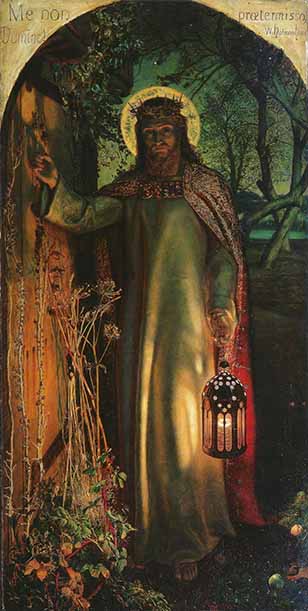 In leading us through the last days of Jesus life, the Liturgy of Holy Week moves us through the brutality of Good Friday to the lightness of Easter Sunday. We see the depths of human pain, rejection and death experienced as failure give way to joy of life, surprise and hope.
In leading us through the last days of Jesus life, the Liturgy of Holy Week moves us through the brutality of Good Friday to the lightness of Easter Sunday. We see the depths of human pain, rejection and death experienced as failure give way to joy of life, surprise and hope.
If we look more closely at the stories of Jesus’ death and those of his rising from the dead, we can see differences in the way they are told. The stories of Jesus’ death focus on Jesus – on what he says and on what is done to him in all its savage detail. We see his determination, his terror, his betrayal and capture, his mocking by soldiers, his scourging, his unjust trial, his carrying of his cross, and his death on the cross. The stories focus on his response to these things he suffers. The feelings and actions of others, such as the disciples’ abandoning him, the crowd’s rage, Pontius Pilate’s handwringing, the soldier’s brutality and the women’s faithfulness, are described only to focus on Jesus’ own experience. In Mark’s account the focus that experience is of Jesus the victim, in Luke’s Gospel that of Jesus in his relationships, and in John’s Gospel, that of Jesus the Lord.
The stories of Jesus’ rising, on the other hand, focus on the experience of the disciples as they are awakened to Jesus’ presence among them. Jesus is as ethereal and above suffering and the constraints of humanity in these stories as he is subject to them in the stories of his Passion. The stories explain what the disciples make of the signs that Jesus has risen. They are puzzled and devastated to see the tomb open and empty, and paralysed at being told that Jesus has risen and that they must give instructions to the disciples. They fail to do so. In the stories of the appearances, they are initially fearful as Jesus passes through walls and locked doors to appear to them. Mary Magdalene is overcome with grief and fails to recognise him. So do the disciples on the way to Emmaus. As Jesus keeps appearing to them, however, the disciples are gradually brought together as they come to believe, are overjoyed, and are given new life by their acceptance that he has risen. The disciples who run away from the brutal finality of the death recognise Jesus and return to Jerusalem to join the others. Thomas, who is sceptical and isolated, meets Jesus with the others and joins them in fishing and their eating together on the beach. The whole world in its ordinary relationships gradually becomes sacred.
All these details emphasise that the Resurrection is about faith and meeting Jesus in the community. We are led to think less about what Jesus does and how he does it, and more about our meeting and how to respond to him. The world of Herod, Pilate and the Roman soldiers is still with us and threatens to overpower us. But faith in the risen Jesus has given us a perspective from which it looks totally changed. The brutal reality of Jesus’ execution is no longer a locked door that has excluded goodness and hope but an open door through which God’s love and calling are visible.
Image: The Light of the World by William Holman Hunt (1827-1910). Wiki Commons